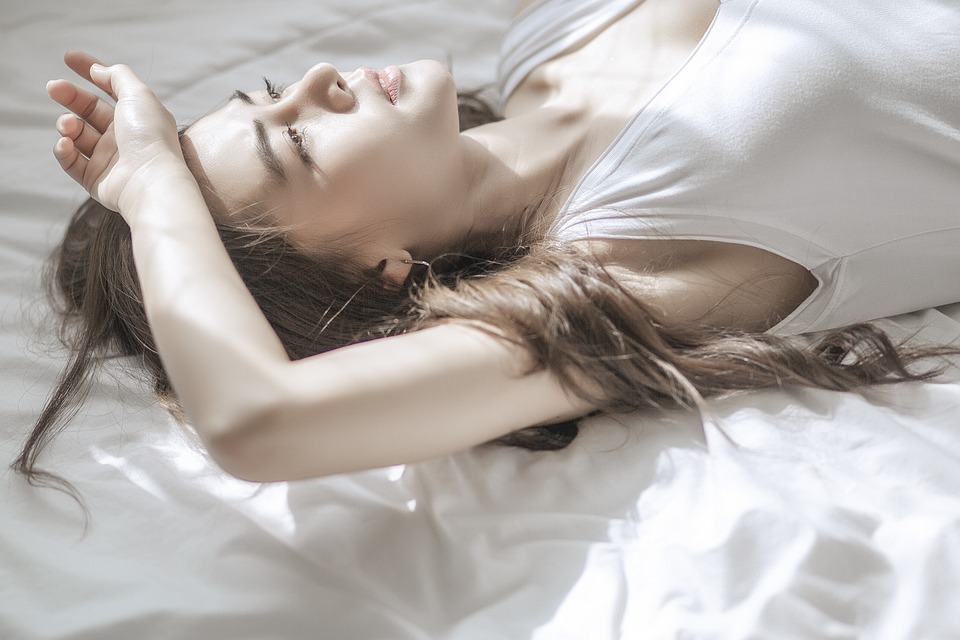In the past, the modeling industry has often been criticized for promoting a narrow and unrealistic standard of beauty. Tall, thin, and predominantly white models have dominated runways and magazine covers, relegating diversity to the sidelines. However, in recent years, there has been a seismic shift in the industry, with a growing emphasis on inclusivity and breaking stereotypes.
The Power of Representation
One of the driving forces behind this movement towards diversity in modeling is the recognition of the power of representation. For too long, marginalized communities have been underrepresented in the fashion world, leading to feelings of exclusion and inadequacy. By showcasing a more diverse range of models, brands are not only expanding their customer base but also sending a powerful message that beauty comes in all shapes, sizes, and colors.
Embracing All Body Types
One of the most significant changes in the modeling industry in recent years has been the embrace of all body types. Traditional notions of beauty dictated that models had to be tall and thin, with perfect proportions. However, this one-size-fits-all approach is slowly being dismantled, with an increasing number of brands casting models of all sizes.
Plus-size models, in particular, have seen a surge in popularity, challenging the idea that beauty is synonymous with being thin. Models like Ashley Graham and Paloma Elsesser have not only graced the covers of major fashion magazines but have also become powerful advocates for body positivity. Their presence in the industry has helped to redefine beauty standards and celebrate diversity in all its forms.
Ethnic Diversity on the Runways
Another area where the modeling industry is breaking stereotypes is in terms of ethnic diversity. Historically, runways and campaigns have been dominated by white models, leaving little room for models of color to shine. However, in recent years, there has been a push for greater representation of diverse ethnicities in the industry.
Brands like Fenty Beauty, founded by Rihanna, have been at the forefront of this movement, casting models of various ethnicities in their campaigns and runway shows. This shift towards inclusivity has not only been a progressive step for the industry but has also resonated with consumers who are eager to see themselves reflected in the media.
Changing Perceptions of Beauty
The rise of diversity in modeling is challenging long-held perceptions of beauty and paving the way for a more inclusive and representative industry. By featuring models of different sizes, shapes, and backgrounds, brands are sending a powerful message that beauty is not limited to a narrow set of standards. This shift is not only beneficial for consumers, who are able to see themselves reflected in the media, but also for models who no longer have to conform to unrealistic ideals.
The Role of Social Media
Social media has played a pivotal role in the rise of diversity in modeling, providing a platform for models of all backgrounds to showcase their talent and connect with audiences. Platforms like Instagram have allowed models to bypass traditional gatekeepers and build their own brands, irrespective of their size, age, or ethnicity.
Models like Winnie Harlow and Halima Aden have gained widespread recognition through social media, using their platforms to challenge stereotypes and promote inclusivity. Their success has inspired a new generation of models to embrace their uniqueness and push for greater diversity in the industry.
The Future of Diversity in Modeling
As the modeling industry continues to evolve, there is a growing momentum towards greater diversity and inclusivity. Brands are increasingly recognizing the value of representing a diverse range of models in their campaigns, not only as a means of reaching a wider audience but also as a statement of their commitment to inclusivity.
While progress has been made, there is still work to be done to ensure that diversity in modeling is not just a passing trend but a permanent shift in the industry. By continuing to challenge stereotypes and embrace all forms of beauty, the modeling industry has the opportunity to lead the way in promoting a more inclusive and representative standard of beauty.
